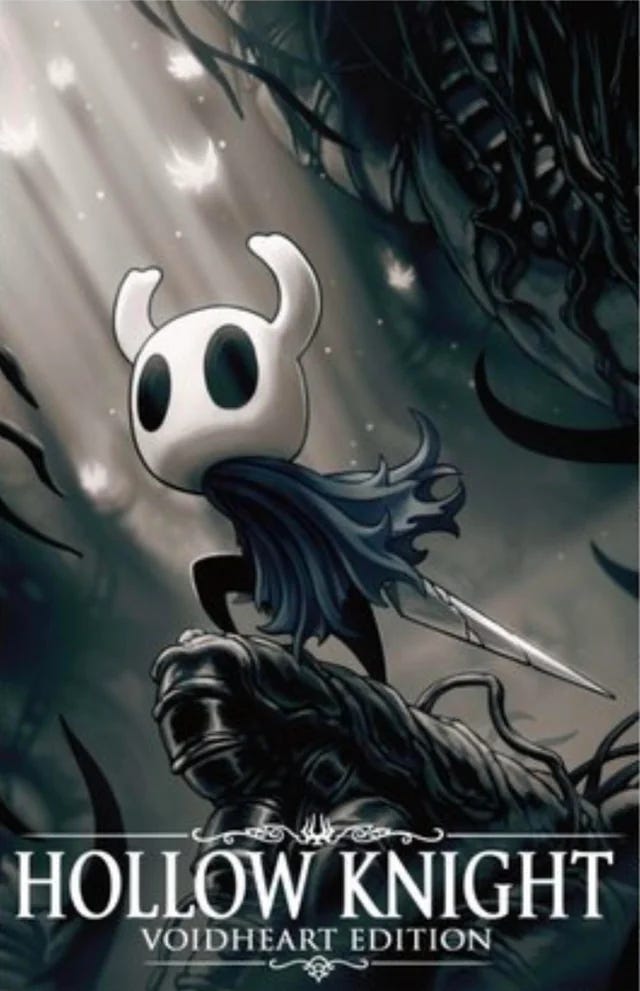Developed by Team Cherry, Hollow Knight is often hailed as one of the best indie games in recent memory. Those people are wrong.
Let’s start with the good: the graphics are gorgeous. Hallownest, a fallen kingdom of bugs and decay, may not be as visually distinct as other genre standouts, but the level of detail is impressive. The music is lovely, even if it doesn’t fully pull you into the world the way it should. And yes, there’s a lot of content here—40 hours easily, more for completionists. That’s about where the positives end.
Now, the gripes. Hollow Knight isn’t a Metroidvania, though it sure wants to be. At its core, this is a Soulslike—complete with punishing backtracking, distant save points, and repeated boss deaths that feel more like attrition than progress. And the whole “retrieve your shade or lose your currency” mechanic? Brutal. Not in a fun way—just exhausting.
The controls aren’t as tight as they should be either. Super Metroid nailed gameplay, pacing, structure, and ambiance back in 1993. So how, 24 years later, is it this janky in comparison?
The story is another issue. It’s so buried, so fragmented, that without a YouTube lore video, you’d barely know one exists. Some players love that kind of minimalist storytelling—I don’t. If a game can’t convey its narrative through gameplay, then it’s not telling it well.
To its credit, the lack of handholding is refreshing, and the sense of exploration is definitely there. But make no mistake: this game is unforgiving, often punishing you for minor mistakes that only hardcore players will avoid. As a Soulslike, it mostly works. As a Metroidvania? It’s frustrating, bloated, and not particularly fun.
So no, it doesn’t deserve the pedestal it’s been placed on. But this grade is a reflection of its ambition, atmosphere, and challenge, which count for something.
Rating: B+



